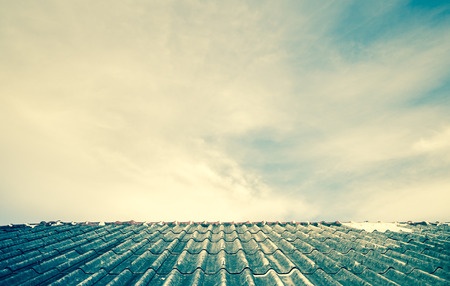
Bad jokes aside, asbestos is the name of a group of naturally-occurring fibrous silicate materials. Because of its strength, cost-effectiveness, weather-resistance, flexibility and insulating capacity, asbestos was mined and used widely in building.
What is the problem with asbestos?
Unfortunately, asbestos fibres are very fine, very sharp and become easily airborne. When breathed in, the fibres can cause damage to the respiratory system.
How do I know if a house has asbestos?
Asbestos products were very common in the Australian residential building industry between the 1940s and late 1980s (when production stopped). According to the Australian Asbestos Network, “It is estimated that more than one million Australian homes were built using asbestos sheeting. Even more Australian homes contain asbestos in less obvious ways; in the eaves, in textured paint in the ceilings and walls, as an adhesive in wet areas (particularly under linoleum flooring) and as insulation for hot water systems.
If your home was built before 1990 the chances are it contains asbestos in one of its many forms.”
Asbestos is not always easy to spot. A professional can tell you whether a property has asbestos, what (if anything) you should do about it, and what the likely costs will be.
If your house has asbestos, what should you do?
Extreme care must be taken with asbestos. We recommend that you do your research (see the links below, for a start) and consult professionals.
Note: Removal of asbestos is probably tax deductible, so make sure you also consult your tax professional.